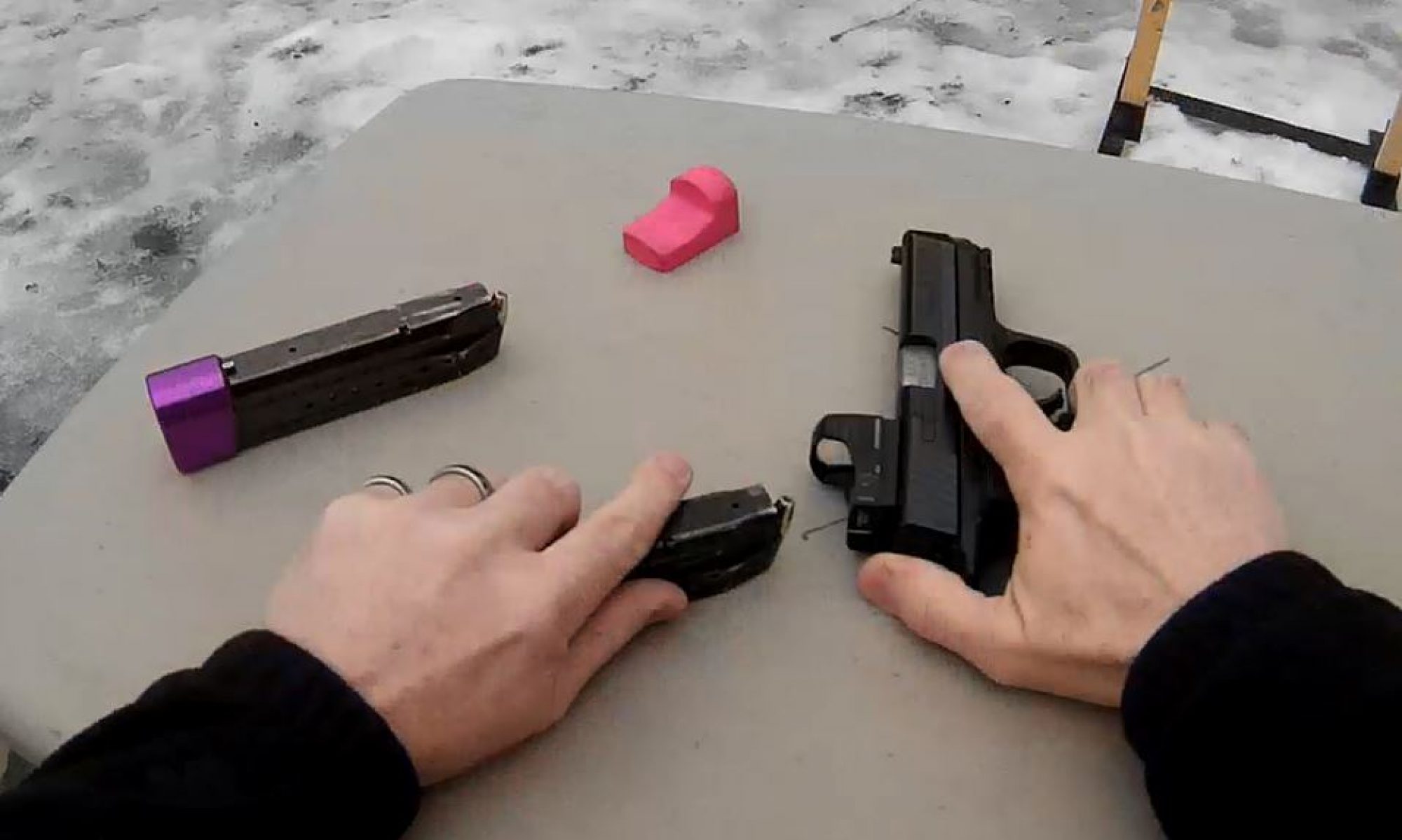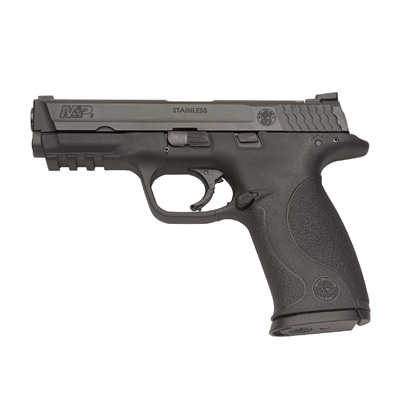
After almost 9 years with the M&P9 platform it was finally time to move on. I own three M&P9 Full Size guns, one Compact, and a Shield. All have Apex Action Enhancement Kits. All have either Trijicon HD night sights or red dots. All served me very well for a very long time.
Then I failed equipment check at a major match this year when my striker block safety failed due to excessive wear. I quickly spent a fair amount of time and money making all these guns of various ages and round counts work flawlessly. New striker assemblies, new spring kits, new barrels, etc. Everything was back to normal. I could breathe again.
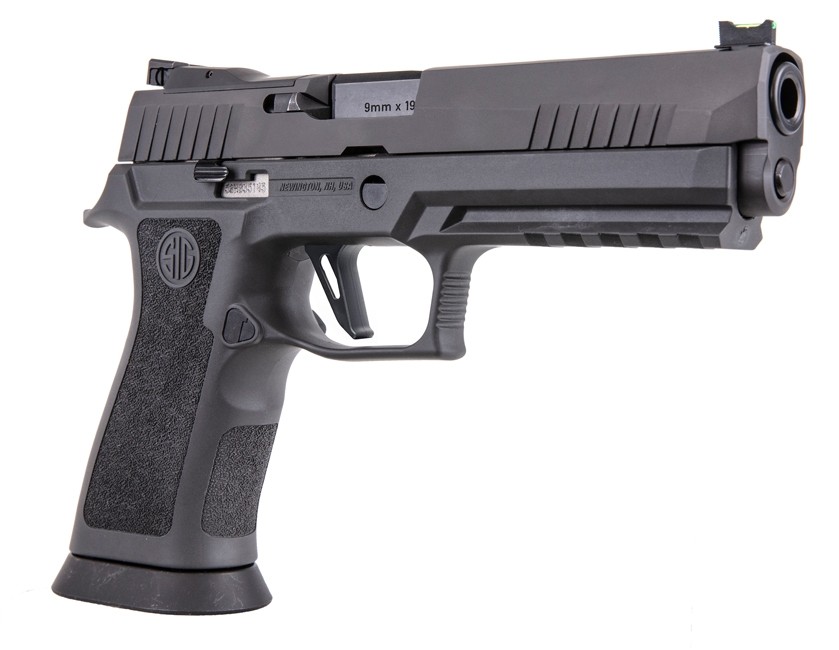
Then one day on my way to a match, MikeM says “You know, there’s an ‘event’ at the Sig Pro Shop today”. Oh brother! I had long appreciated the Sig P320 X5 that PaulS has been shooting for a couple of seasons. I even declared “If I was starting out today, that’s the gun I would shoot”. Then this summer Sig released the X5 Legion: a heavy-weight version of the X5 with an already excellent trigger. With that in mind It was all I could do to wait through the match!
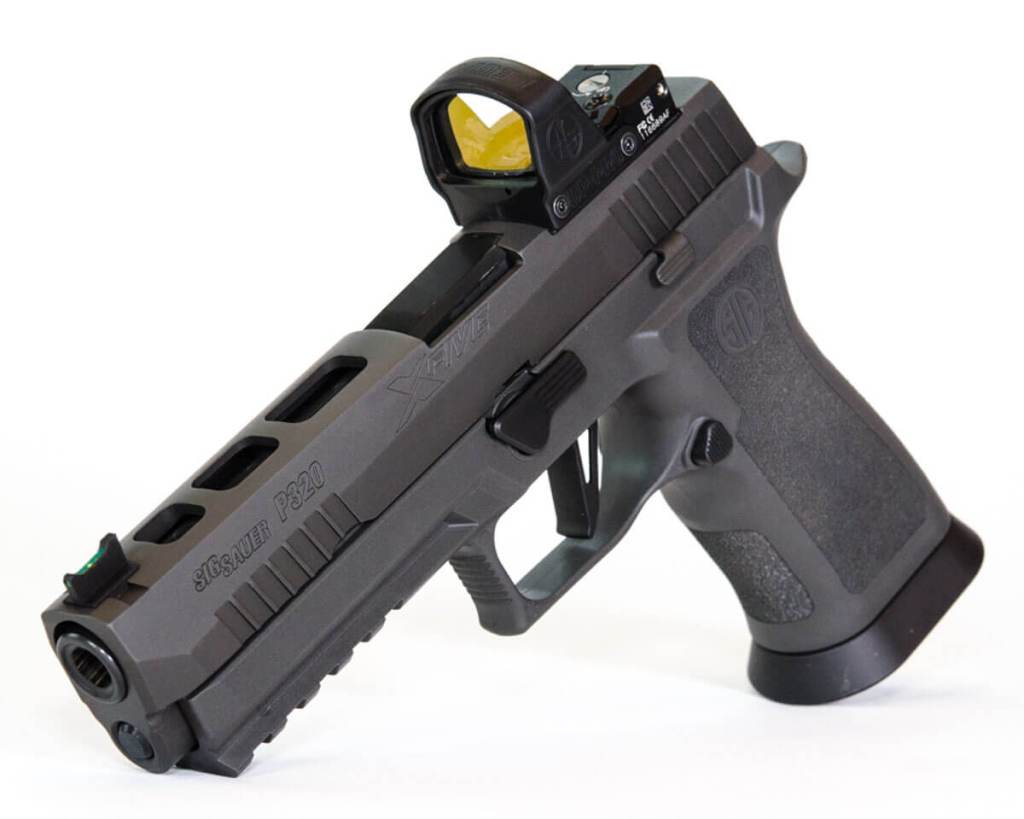
We arrived at the Pro Shop to find that all the X5 Legions they had in stock were gone except the one I had reserved. I convinced the sales guy to swap out the 17-round mag tubes for 10-round versions (for matches in Massachusetts) then bought another four 21-round mags for USPSA use. My buddy Paul agreed to loan me a Leupold Deltapoint Pro until the Romeo1 Pro was released and away we went.
My first impressions shooting this gun were very favorable. The ergonomics are magnificent. It actually feels very similar to an STI Edge. The weight and balance are wonderful. The very heavy barrel, tungsten-infused grip module, and massively lightened slide make for a very stable pistol while firing. The trigger is very good but I still got a Gray Guns competition kit for it which I installed immediately.
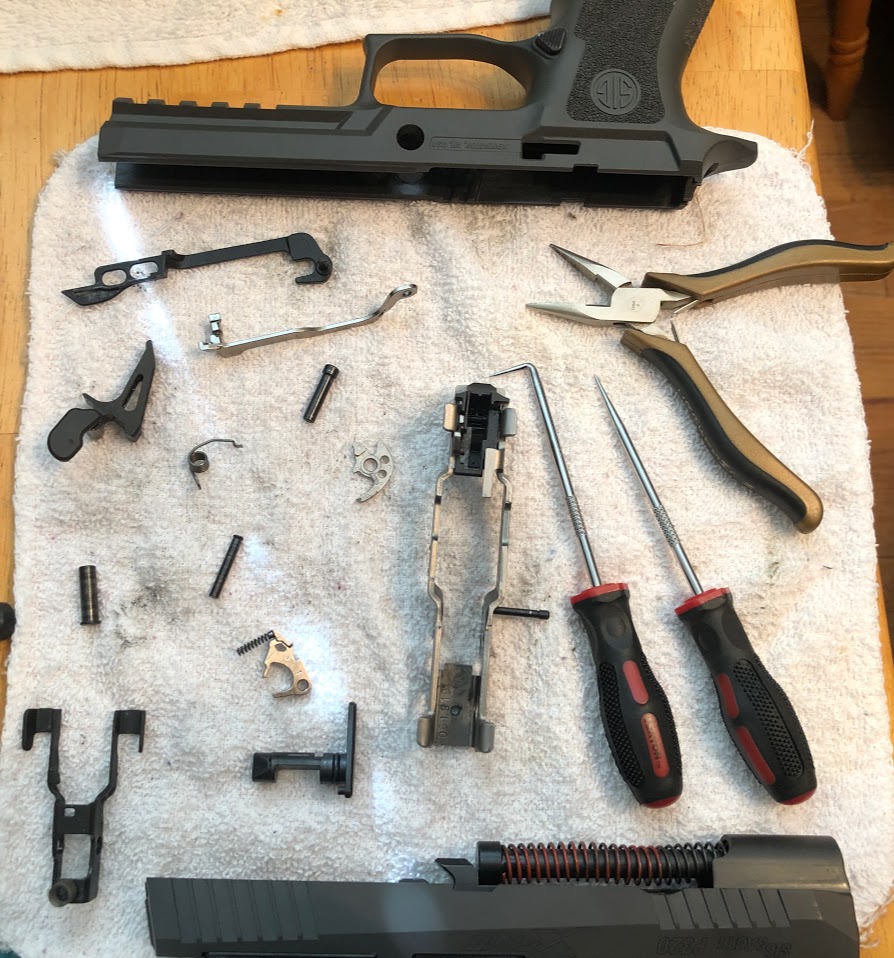
Even though the trigger weight was unchanged at 3.5 lbs. I liked the curved trigger and the reduced over-travel/reset of the GG system. The curved trigger shortens the length of pull slightly and I just prefer the feel. I also polished the FCU and trigger bar such that the pull weight is now down to 3 lbs. It’s not as light as the Apex CompAEK systems I put in all my M&P9s, not to mention the absolutely minimal over-travel and reset, but it’s still an excellent trigger. Perhaps someone will develop a similarly short and light system for this gun (are you listening Scott Folk???) but given all the other benefits I can live with it as-is.
A few days before the 2019 Life Free or Die New Hampshire IDPA championship I got my hands on a Romeo1 Pro sight and installed it on the gun. Going from a 2.5moa dot on the Deltapoint Pro to the 6moa of the R1Pro made an already easy-to-shoot platform even better. Gone are the days of my YouTube videos where I say “Where’s the <bleeping> dot???”

After learning the ins and outs of the P320 I must say I am thoroughly impressed. I wasn’t at all sure I would like the modular system but I really think it makes a lot of sense. My next purchase will be a P320 X-Compact to replace my M&P9c carry gun!
